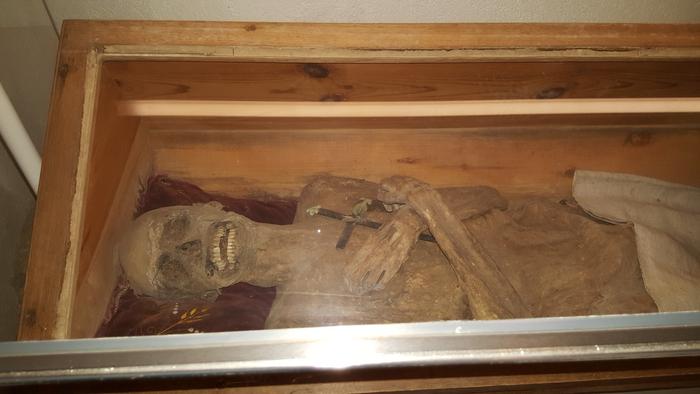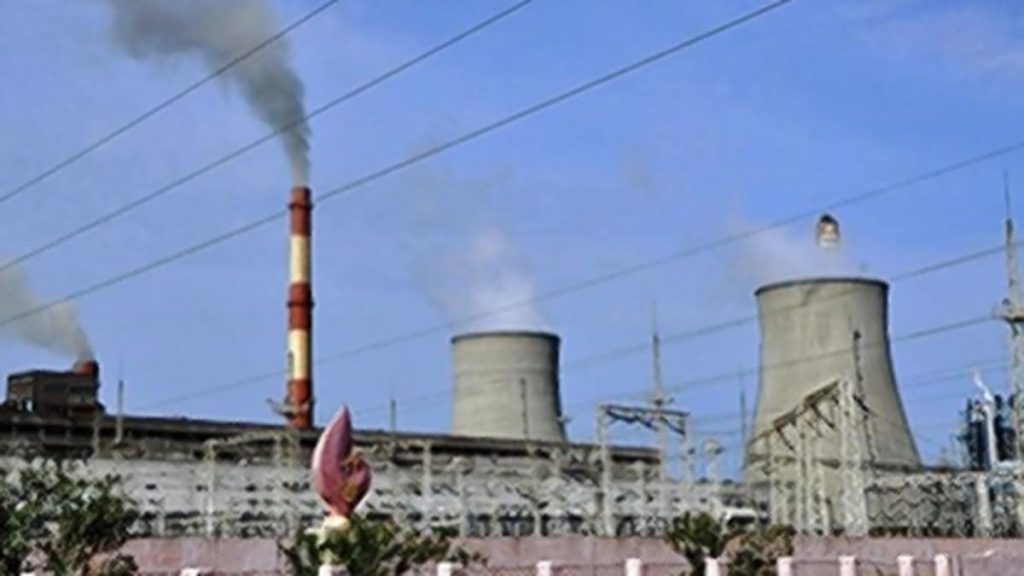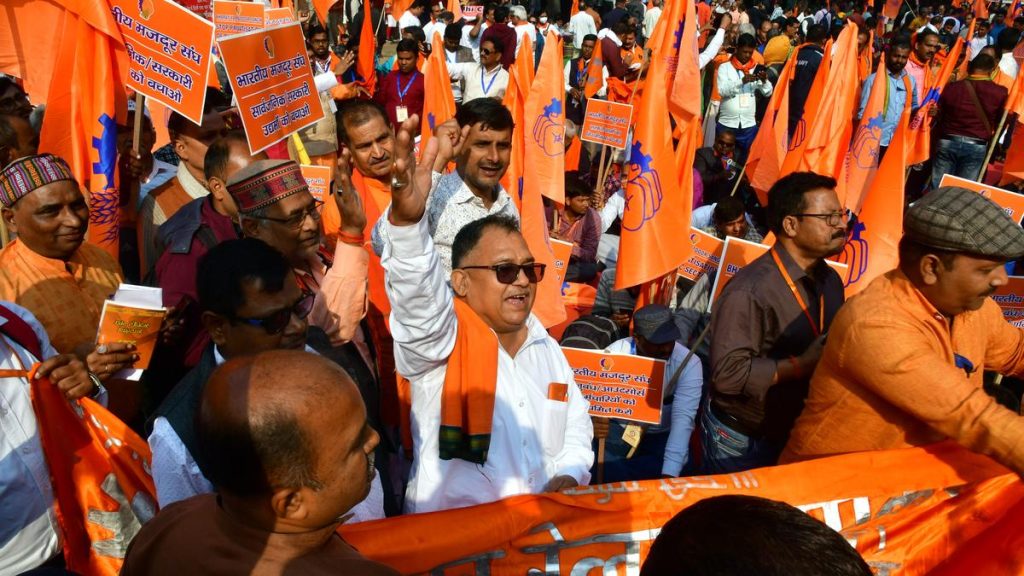Now Reading: Ancient Austrian Mummy Sheds Light on Rare Embalming Method
-
01
Ancient Austrian Mummy Sheds Light on Rare Embalming Method
Ancient Austrian Mummy Sheds Light on Rare Embalming Method

Quick Summary
- A newly described mummy found in Austria adds to the understanding of embalming techniques historically employed outside Egypt.
- The mummy, identified as Franz Xaver Sidler von Rosenegg, a local parish vicar who died in 1746, was discovered in the crypt of St Thomas am Blasenstein church.
- Researchers revealed an unusual embalming method involving rear-entry through the rectal canal to insert materials like wood chips and zinc chloride for preservation and drying.
- Chemical analysis confirmed zinc chloride was used to absorb moisture, ensuring excellent preservation.
- The investigation also uncovered details about Sidler’s diet (grains, animal products) and health (smoking habit and tuberculosis). Radiocarbon dating confirmed his identity.
- A mysterious glass sphere found within the body’s cavity remains unexplained by scientists.
Indian Opinion Analysis
This finding highlights both scientific ingenuity of past societies and cultural diversity in burial practices beyond ancient Egyptian customs often associated with mummification. The unexpected technique indicates a potential broader use of rectal methods in historical embalming that may have gone undetected due to decomposition over time-opening new paths for archaeological research globally.
For India, known for its rich traditions regarding funerary practices such as cremation or elaborate rituals surrounding entombments like those seen with royal burials or even saintly relics, this case serves as an opportunity for archaeologists to re-examine lesser-studied regional practices that might bear similarities or unique variations. It underscores how combining modern technological tools such as CT scanning can deepen understanding not just of physical preservation methods but also socio-religious dimensions tied to historical contexts-a relevant perspective given India’s layered burial traditions.























